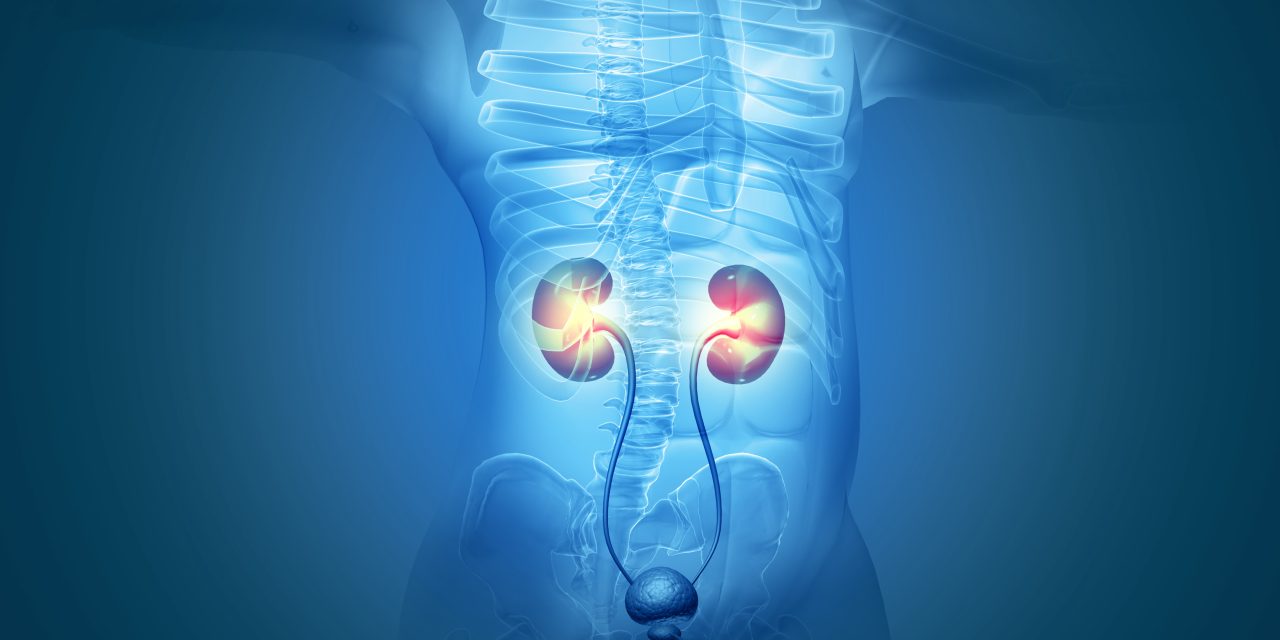Urinary tract infection is a common cause of paediatric morbidity. However, there is no consensus on the default method for urine culture collection in children. This study aimed to examine the contamination rates of different urine collection methods.
This was a retrospective cohort study in a paediatric emergency department. Data were collected from electronic health records on all children whose urine culture samples were obtained in the paediatric emergency department between March 2018 and March 2019. Different methods of urine collection included the midstream (MS) method, clean catch (CC), transurethral bladder catheterisation and suprapubic aspiration. Contamination rates and positive urine culture rates were calculated and compared for sex, age, and collection method.
Urine culture samples were collected from 1507 children. There were 284 (18.8%) cultures that were positive with significant growth and 52 (3.5%) that were defined as ‘contaminated’. The contamination rates for the midstream method in toilet-trained children were 1.6% (10/609), 4.9% (17/348) for CC in pre-continent children, 4.9% (25/515) for transurethral bladder catheterisation and 0% (0/35) (P = 0.006) for suprapubic aspiration. There was no significant difference in contamination rates of urine cultures collected by CC and catheterisation in the compared groups. The rates of positive cultures in the subgroup of children with high suspicion for Urinary tract infection were also found to be similar.
Our study shows that CC is non-inferior to catheterisation for collecting urine cultures in young children.
© 2021 Paediatrics and Child Health Division (The Royal Australasian College of Physicians).
Contamination rates of different methods of urine culture collection in children: A retrospective cohort study.


